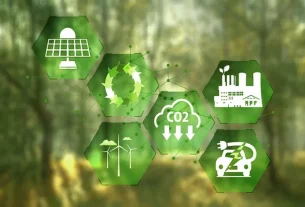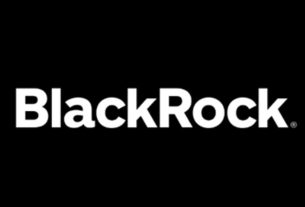
How does an independent news business become sustainable? In a textbook case study, it might launch with some modest funding and a minimum viable product, simultaneously growing audience, products. and revenue over a few short years in a steady upward climb toward impact and prosperity.
Here, I’ll pause for anyone who’s ever run a news business to stop laugh-crying.
It’s tempting to think that the growth path for an independent news organization is consistent and linear. But after analyzing nearly 150 organizations over the last two years through LION Publishers’ Sustainability Audit process, we’ve seen this kind of “if/then” thinking doesn’t apply to the relative Wild West that is the independent news landscape. In this equal-parts-challenging-and-promising ecosystem, traditional markers of growth like age, budget, and size don’t directly correlate to sustainability, which we define as the union of financial health, operational resilience and journalistic impact.
Here, the individual (dare we say, “unique”) nature of each organization requires a more flexible maturity model — one that makes space for crucial differences in how they launched, the circumstances under which they’re growing and what they’re aiming to achieve.
That’s why we’ve developed a new maturity model to capture a news business’s potential growth path. Our hypothesis is that independent news organizations progress to sustainability through a set of stages that they navigate at their own pace, within their own context and with their own goals in mind.
This model accommodates the fact that a publication could be in the “maintaining” stage for decades — or a few months. It could be “building” with a 20-person staff, or “poised for growth” with a team of two. A news business might skip the “Scaling” stage because it has reached sustainability without significantly expanding, or it might fall back to “Maintaining” as it rightsizes after a period of growth. At the heart of our hypothesis is this: How a news business compares to others matters much less than how successfully it meets its own goals.

The Stages of Sustainability are:
- Ideation: Developing a concept for a news business.
- Preparation: Beginning to implement a minimum viable product.
- Building: Iterating products based on audience and market research while building a foundation for the supporting revenue and operations.
- Maintaining: Increasing journalistic impact and audience growth while still seeking operational and financial stability.
- Poised for growth: Preparing for a growth catalyst while products, revenue, and operations are stable.
- Growing: Steadily and simultaneously growing revenue, audience, and operations.
- Scaling: Building a considerably more robust operational structure to support significant new revenue streams, audiences or products.
- Sustaining: Achieving significant journalistic impact with mature products supported by a strong operational foundation and multiple stable revenue streams.
Though we’re still in the process of testing this hypothesis, we’ve already seen some compelling evidence that growth does not equate with sustainability. Consider the 38% of news businesses who self-identified as being in the “maintaining” stage:
- Nearly half have launched since 2020 but the rest vary greatly in age, with founding dates in nearly every decade since the ’70s.
- They ranged in staff size from no full-timers to 12 employees
- Their gross annual revenue varied from $4,000 to $1.2 million
- More than half launched with less than $10,000 in funding, while some launched with up to $300,000.
We’re kicking off 2023 by crunching the data gathered from the Sustainability Audits we’ve conducted over the past two years, and will conduct an additional 300 over the next three years. By testing and iterating on our model and more deeply incorporating it into our offerings, we predict that independent news businesses will finally have a clear roadmap for where they’ve been, where they are, and where they want to go.
Lisa Heyamoto is the programming director of membership education for LION Publishers.

